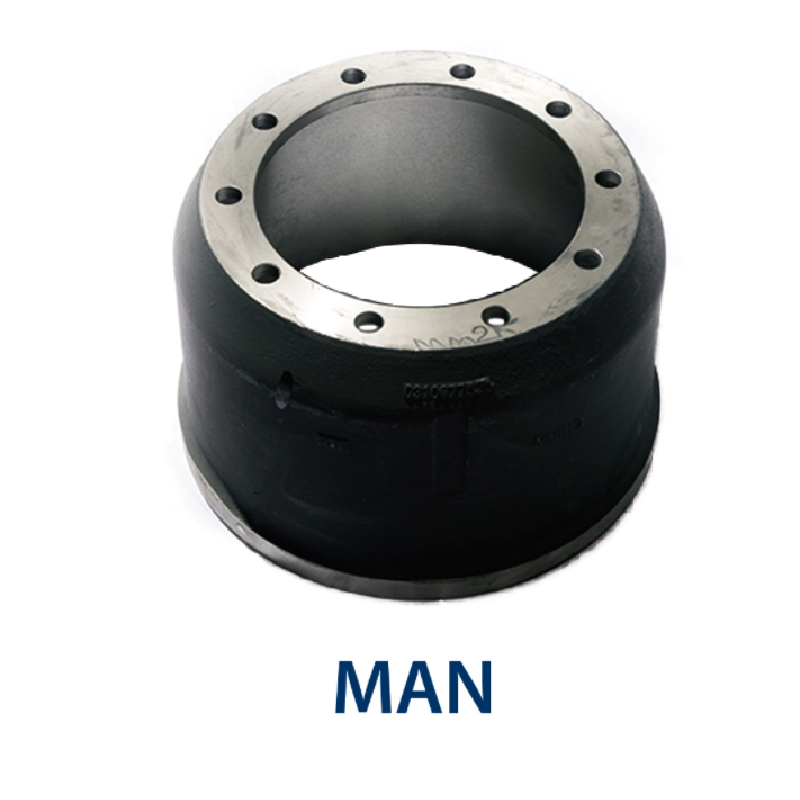Nov . 05, 2024 10:59 Back to list
function of brake drum
The Function of Brake Drums in Automotive Systems
Brake drums are essential components of the braking systems in many vehicles, particularly those that rely on drum brakes. As one of the oldest designs in automotive braking technology, brake drums play a crucial role in the safety and efficiency of a vehicle. Understanding their function and operation can provide valuable insights into vehicle performance and maintenance.
A brake drum is a cylindrical component that houses the brake shoes. When the brakes are applied, the brake shoes are pushed outward against the inner surface of the drum, creating friction that slows down or stops the vehicle. This friction is critical for effective braking; without it, the vehicle would be unable to decelerate as needed. The material of the drum is typically made from cast iron or aluminum, allowing it to withstand high temperatures generated during braking.
The Function of Brake Drums in Automotive Systems
Moreover, brake drums are generally less complex than disc brake systems, which makes them easier and less expensive to manufacture and replace. In many cases, vehicles that operate under less demanding conditions can benefit from the simplicity and effectiveness of drum brakes. Besides, drum brakes often provide superior braking force when the vehicle is stationary, as they can hold more weight due to their design. This holds significance in applications such as parking brakes, where drum brakes excel.
function of brake drum

However, there are some drawbacks. Drum brakes tend to have a slower response time compared to disc brakes, particularly under high temperatures or in rigorous driving conditions. Additionally, they are generally heavier than disc brakes, which can impact vehicle performance and fuel efficiency. As a result, many modern vehicles, especially performance-oriented and luxury models, have shifted towards disc brake systems for their improved heat dissipation and performance characteristics.
In terms of maintenance, brake drums require regular inspections, much like any other component of the braking system. Over time, the inner surface of the drum can become scored or warped, leading to uneven braking and potential safety hazards. If the brake shoes wear down too much, they can also damage the surface of the drum, necessitating replacement. It is vital for vehicle owners to stay vigilant regarding their brake system and address any signs of wear and tear to ensure optimal performance.
Additionally, the installation of brake drums and shoes should be performed with precision. An improper fit or incorrect adjustment can lead to decreased braking effectiveness and increased wear. Technicians should always adhere to manufacturer specifications during the repair or replacement process.
In conclusion, brake drums play a significant role in the overall braking system of many vehicles, providing essential functionality while also posing some challenges. Their ability to generate significant stopping power, combined with their simplicity and cost-effectiveness, makes them a viable option for many automotive applications. However, regular maintenance and awareness of their limitations are critical to ensuring they perform efficiently and safely. As automotive technology continues to advance, it will be interesting to see how the role of brake drums evolves alongside new braking systems and safety measures.
-
Scania Brake Drums: OEM Quality for Optimal Safety & Durability
NewsAug.16,2025
-
R.V.I: Advanced Remote Visual Inspection for Precision
NewsAug.15,2025
-
Discover HYUNDA: Innovative Vehicles, Equipment & Solutions
NewsAug.14,2025
-
R.V.I: Unlock Advanced Insights & Real-time Performance
NewsAug.13,2025
-
Kamaz Brake Drum: Durable & Reliable for Heavy Duty Trucks
NewsAug.12,2025
-
Heavy Duty Iveco Brake Drum - Premium Quality & Safety
NewsAug.11,2025
